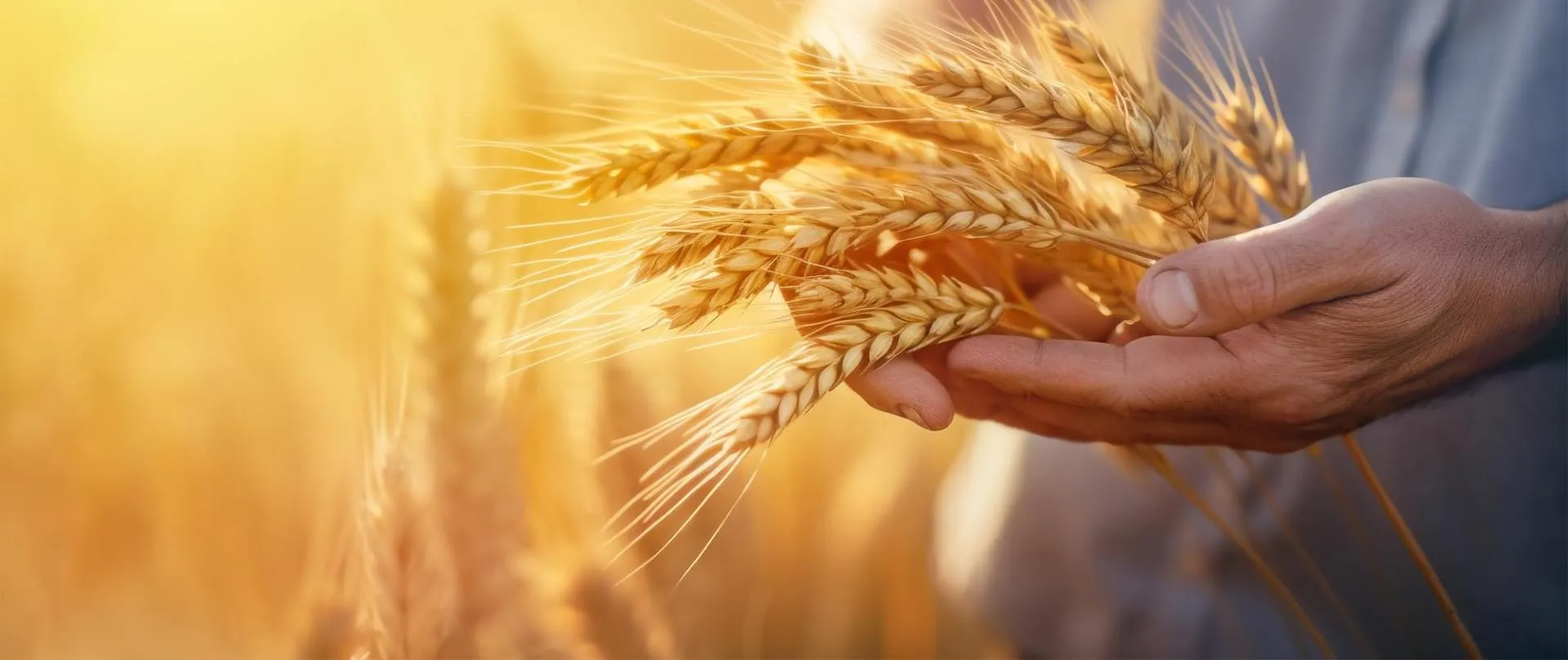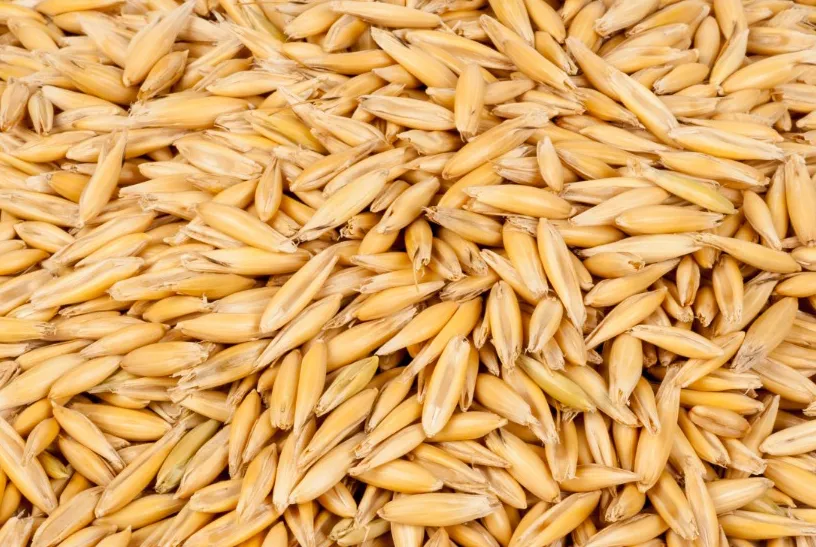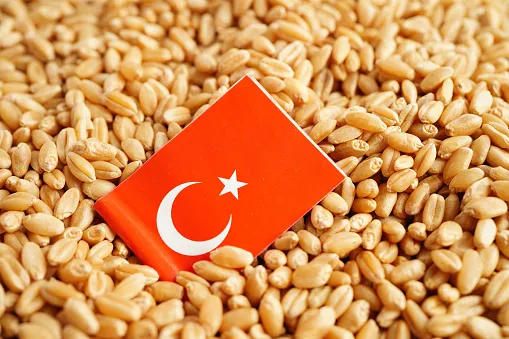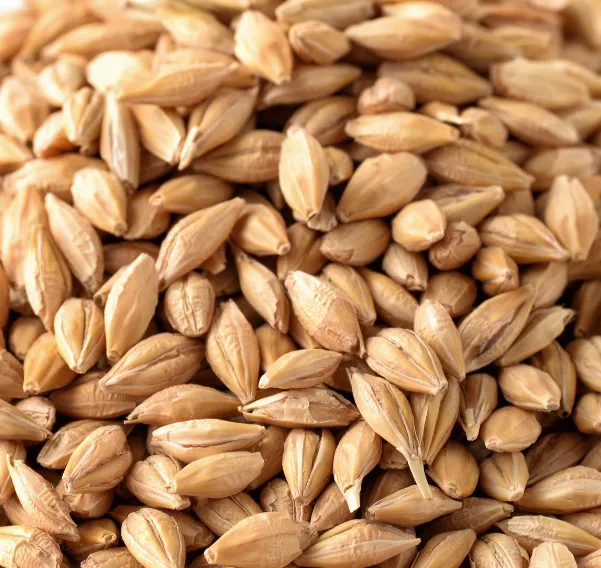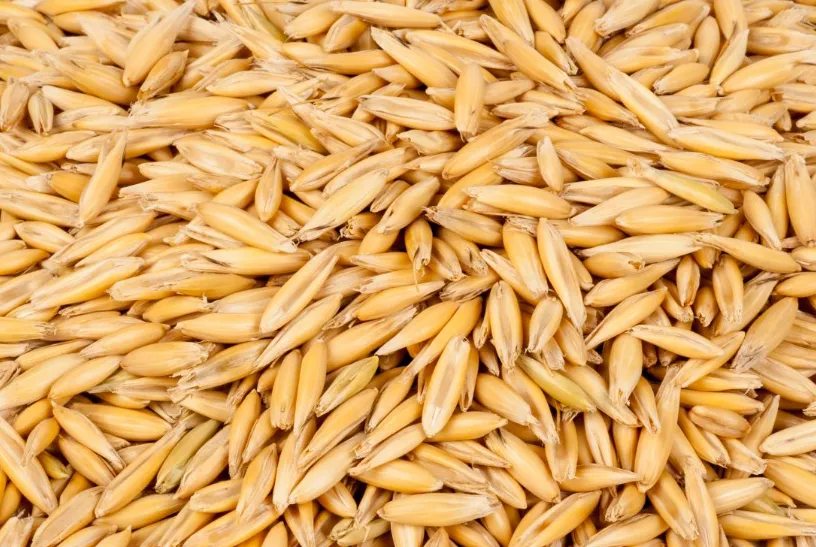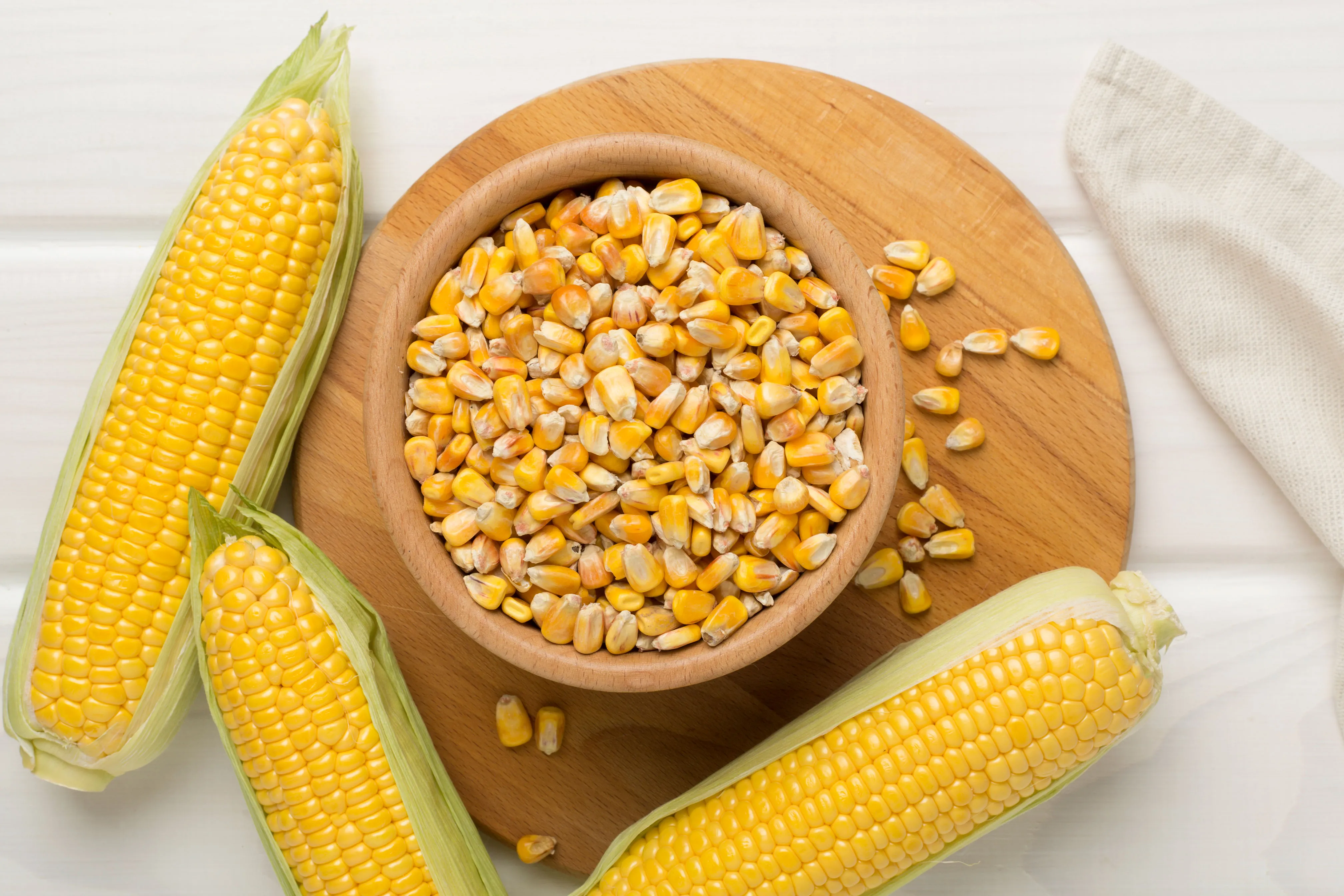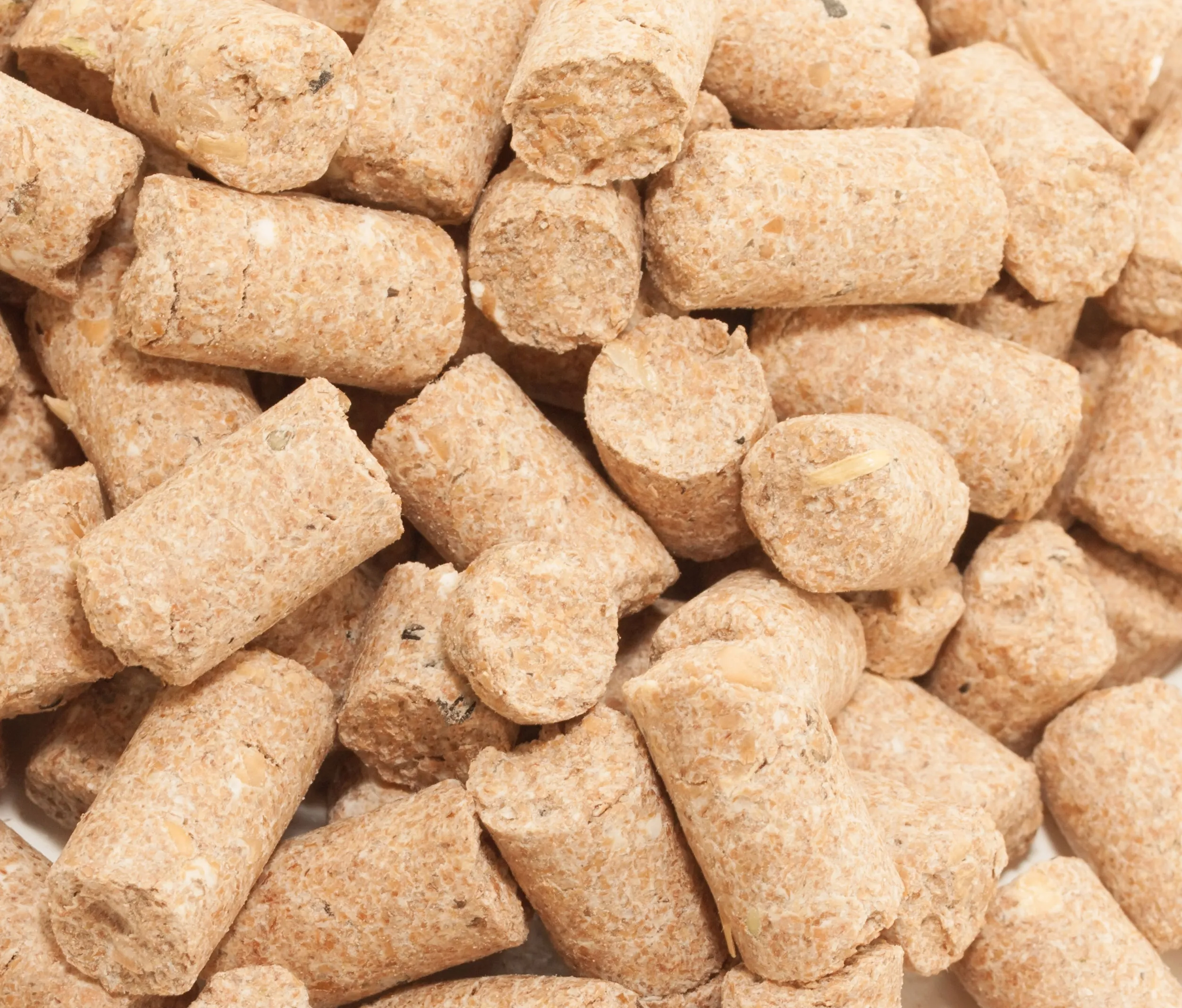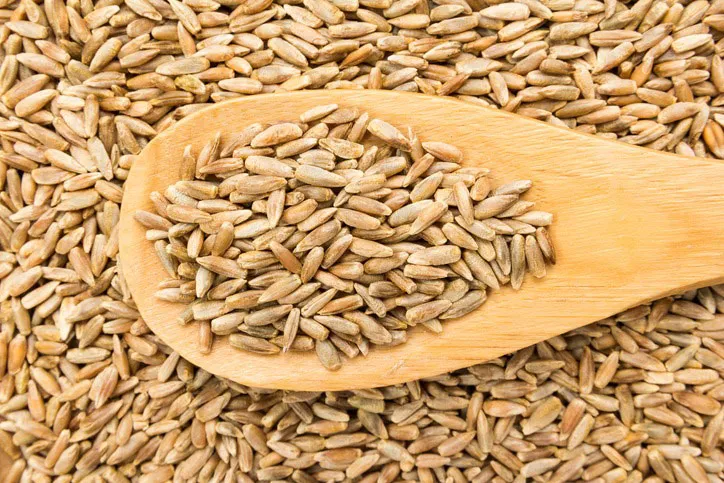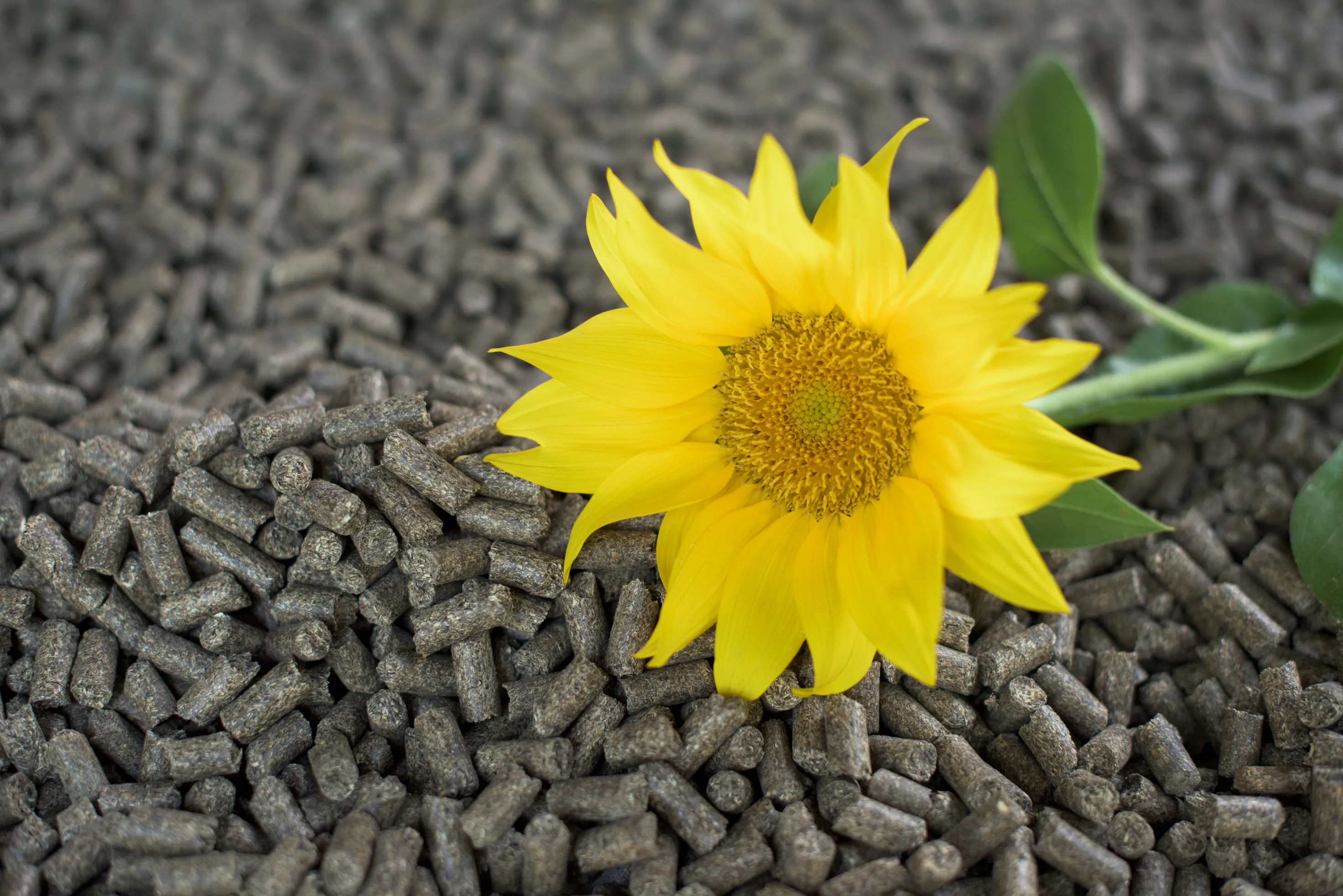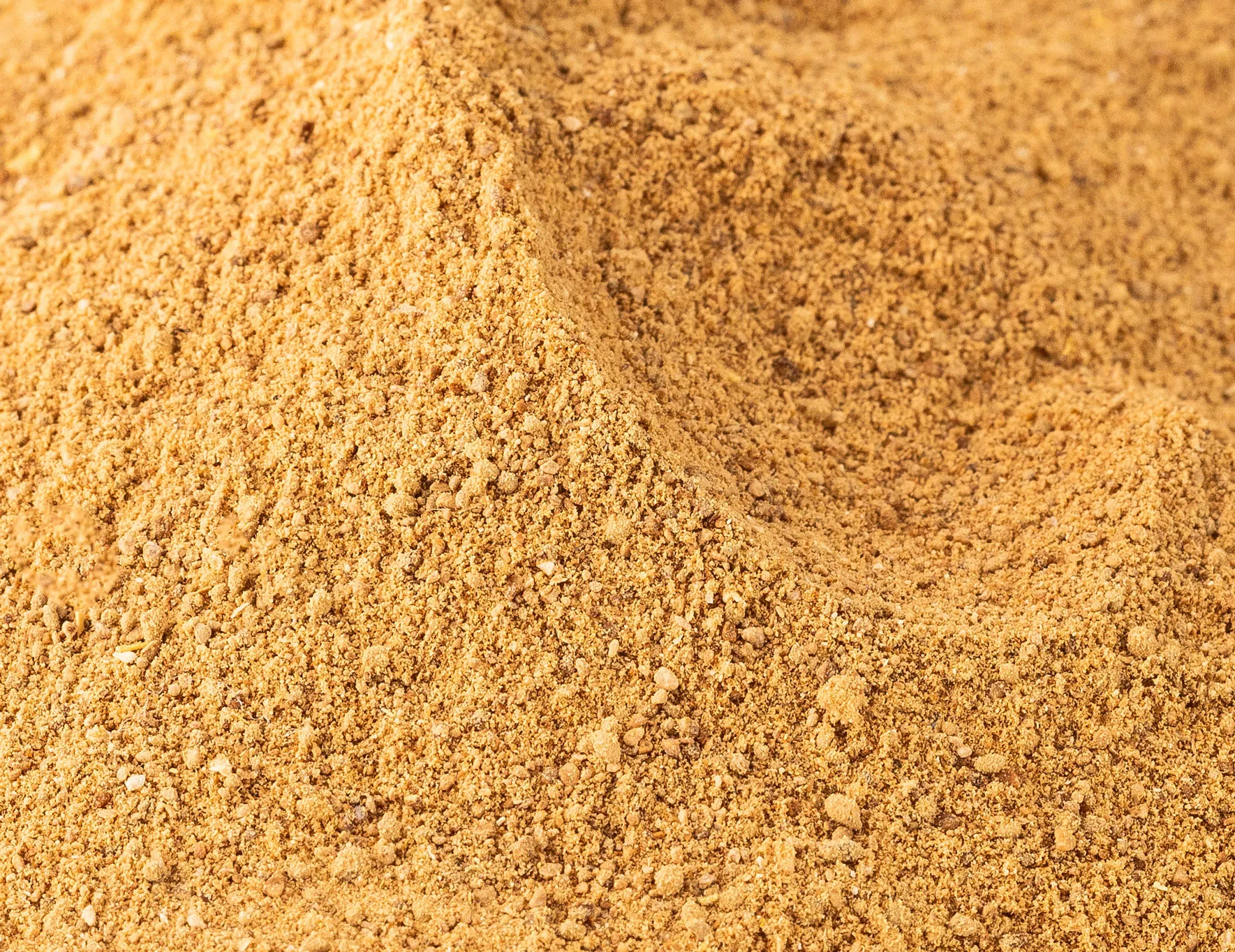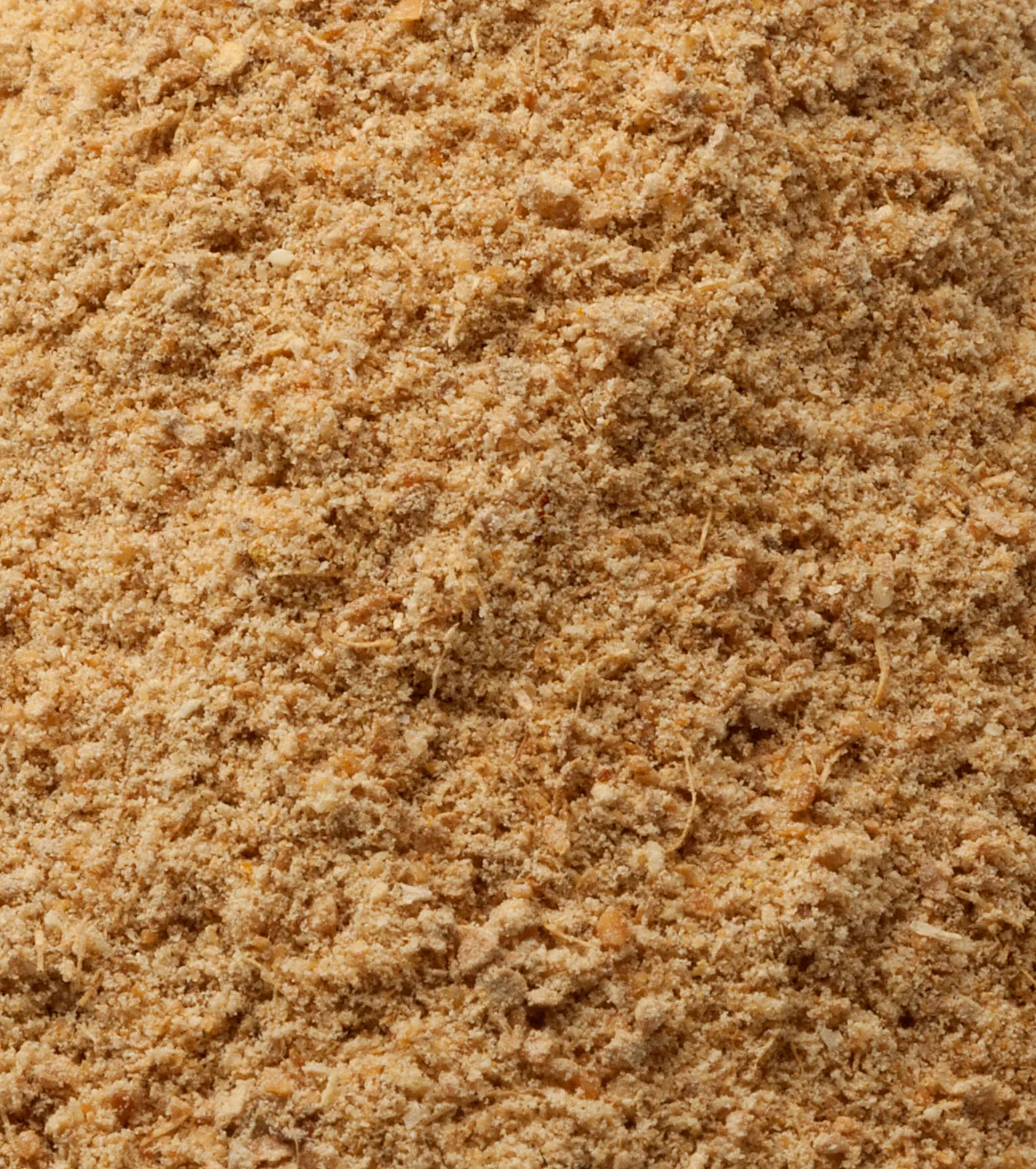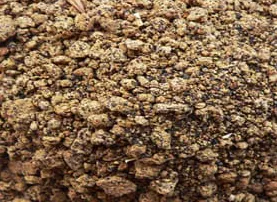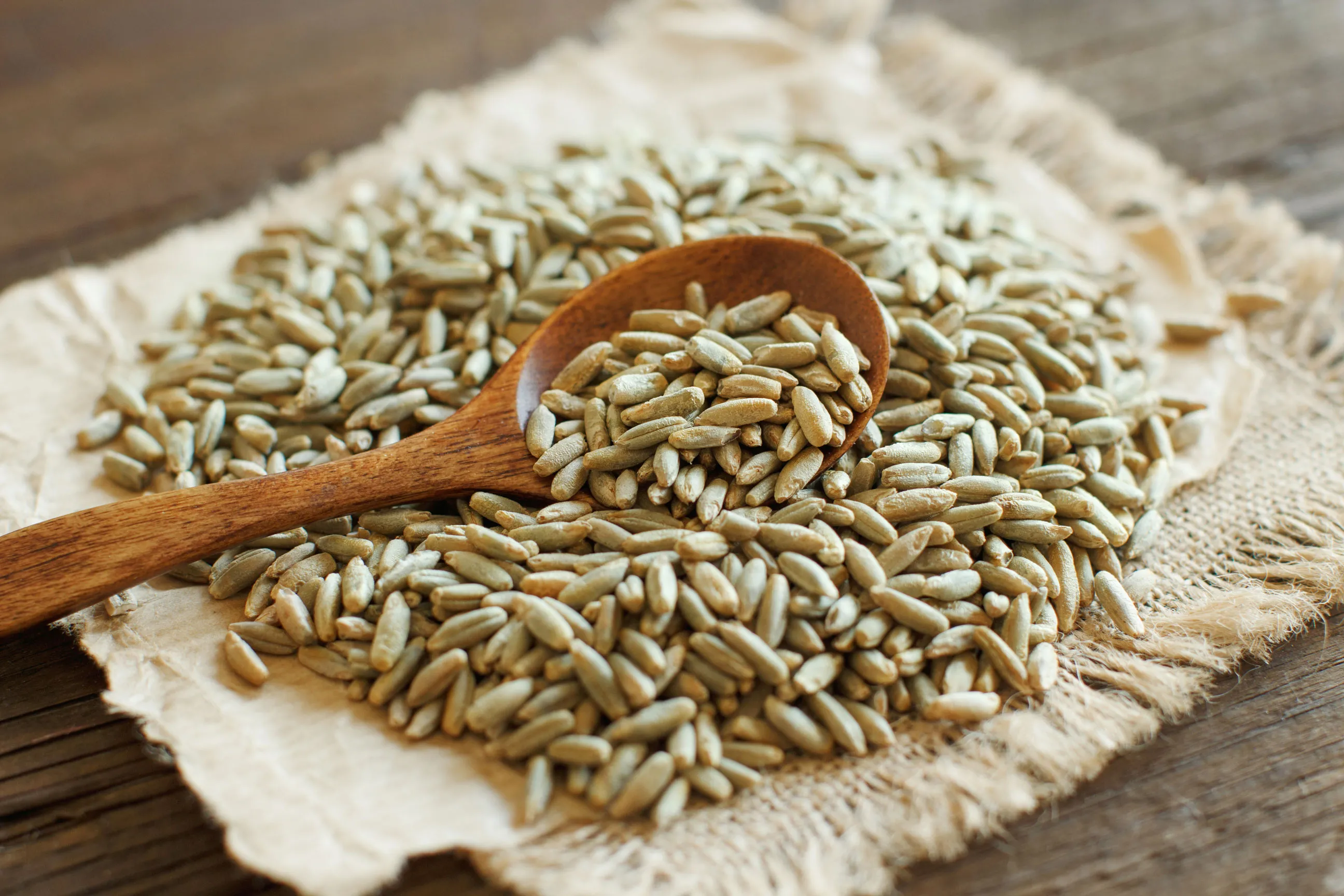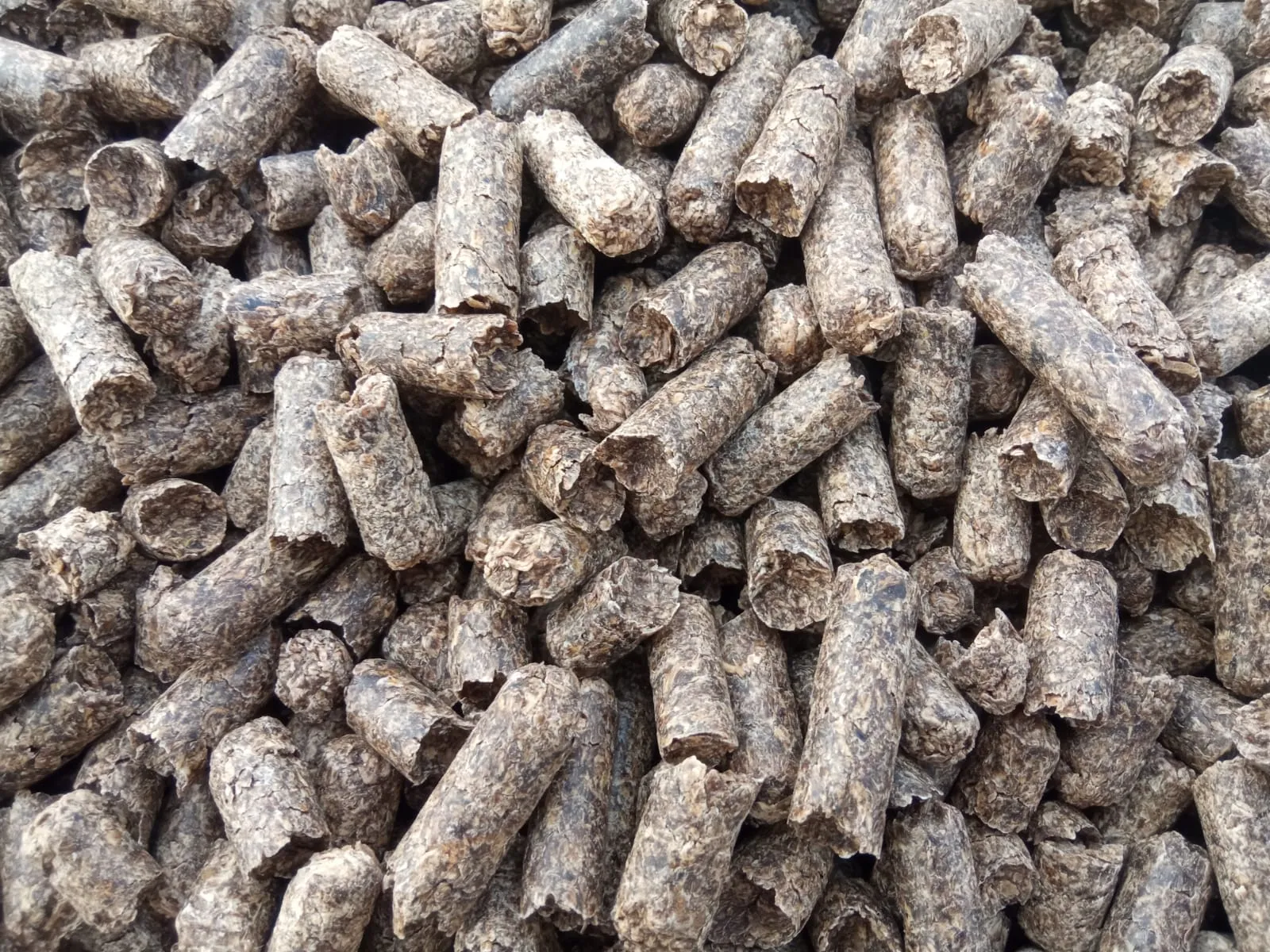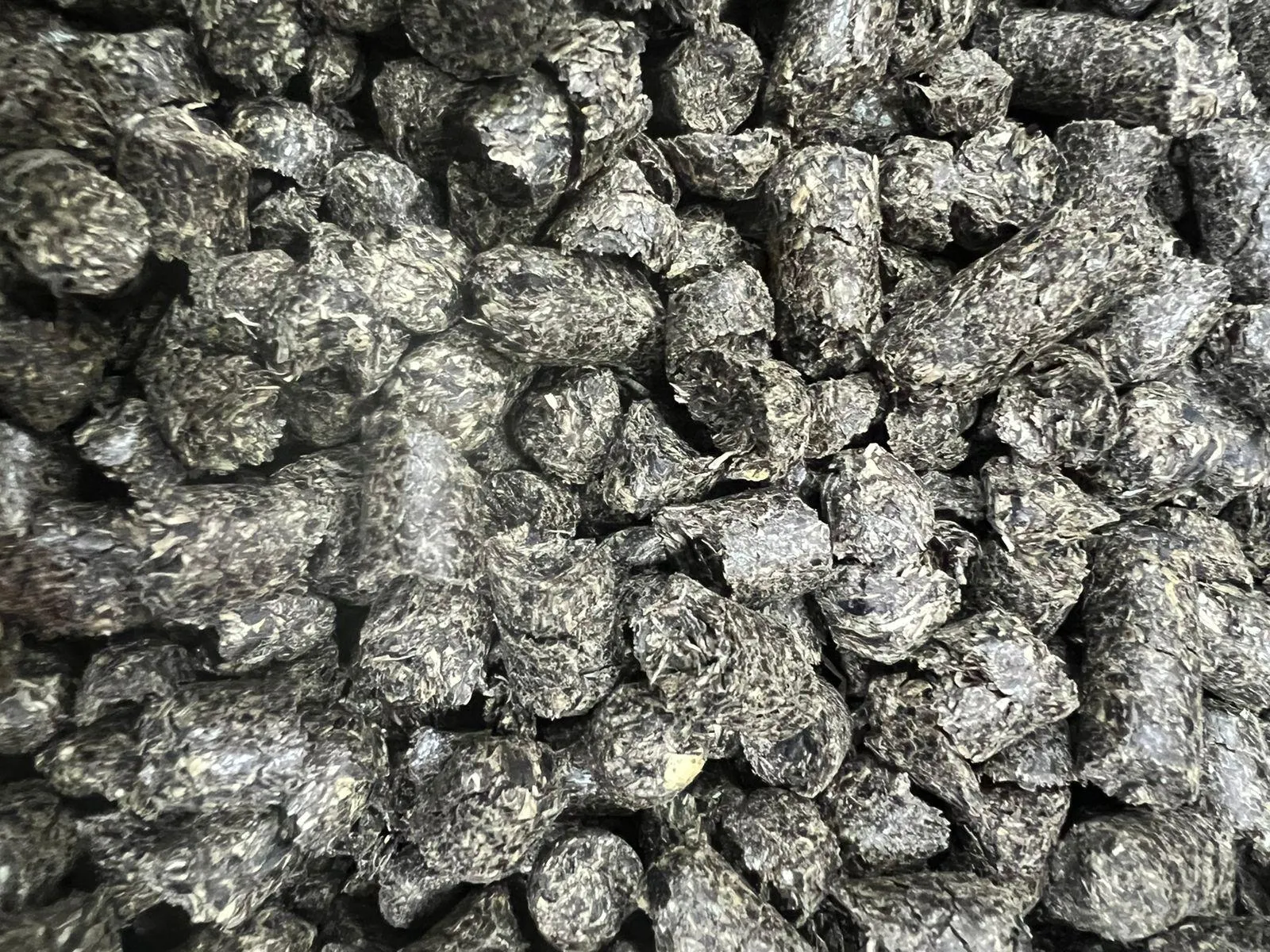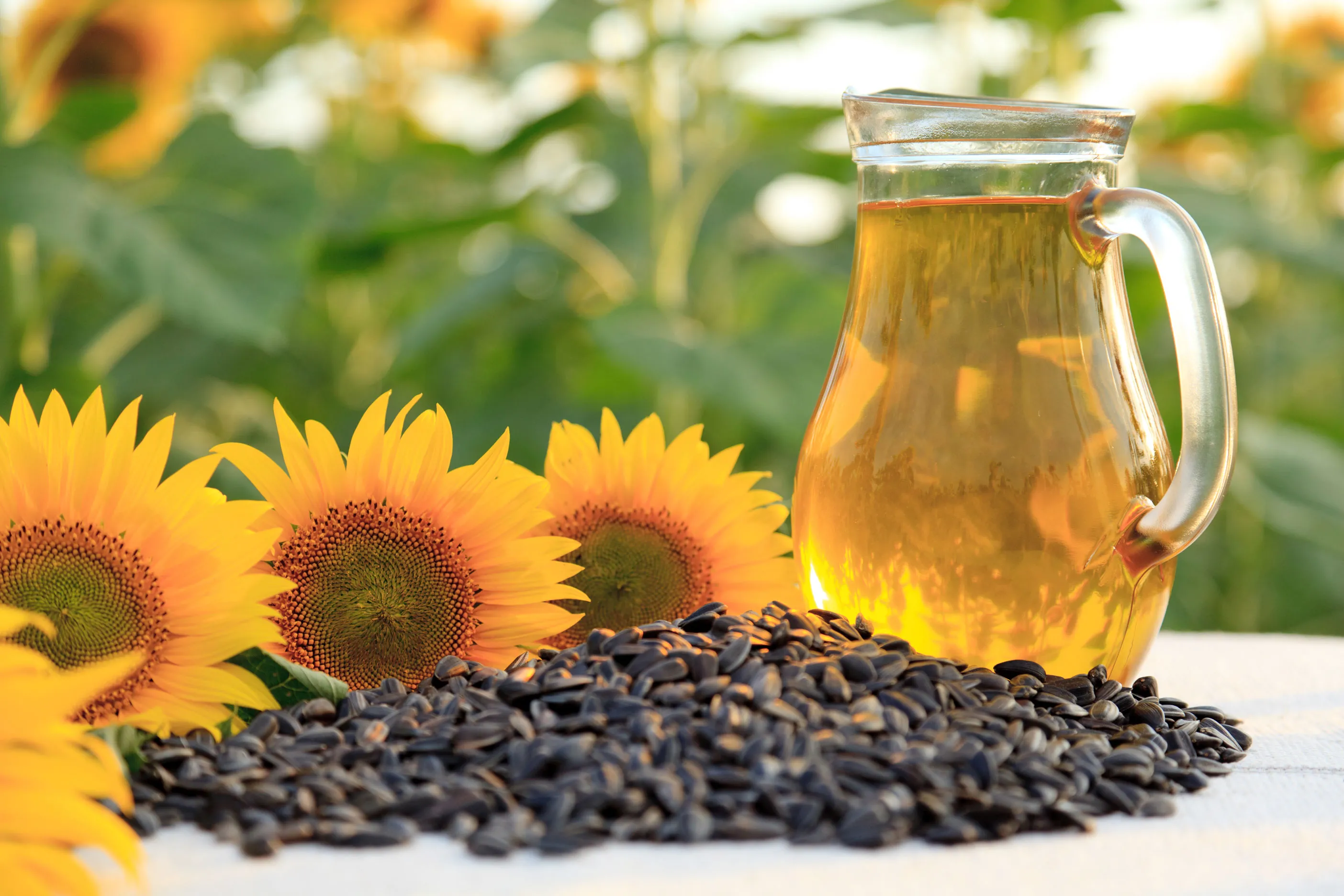Oats (Avena) are cultivated for their starch-rich grains (seeds). While primarily used as animal feed, oats also contribute to human nutrition. The use of oats as a feed raw material is a significant aspect of agricultural production. Known for their high starch, protein, vitamin, and mineral content, oats are a valuable feed ingredient, especially in livestock nutrition. Compared to other cereal crops such as wheat, corn, and barley, oat production is relatively limited.
Oat grains, rich in starch, protein, vitamins, and minerals, are considered an excellent feed ingredient for all types of livestock. They are primarily used in small and large ruminant rations in crushed or rolled form, while their stems and leaves are utilized as roughage.
Compared to other cereal crops, global oat production is relatively low. According to the U.S. Department of Agriculture (USDA) Foreign Agricultural Service, worldwide oat production typically ranges between 22 and 25 million metric tons.
Türkiye Oat Production Data (Approximate Annual Figures):
Annual production: Between 250,000 and 350,000 metric tons (2020–2025)
Oats are highly beneficial for animals due to their energy and nutritional value; however, it is important to administer them in appropriate quantities.
For humans, oats offer several health benefits as part of a balanced diet, including lowering cholesterol, improving digestion, and regulating blood sugar levels.
On both sides, oats are a natural and nutritious option.
Nutritional Value of Oats (per 100 grams):
Calories: Approximately 389 kcal
Carbohydrates: 66.3 g
Fiber: 10.6 g (mostly soluble fiber, especially beta-glucan)
Protein (minimum): 10.0 g

